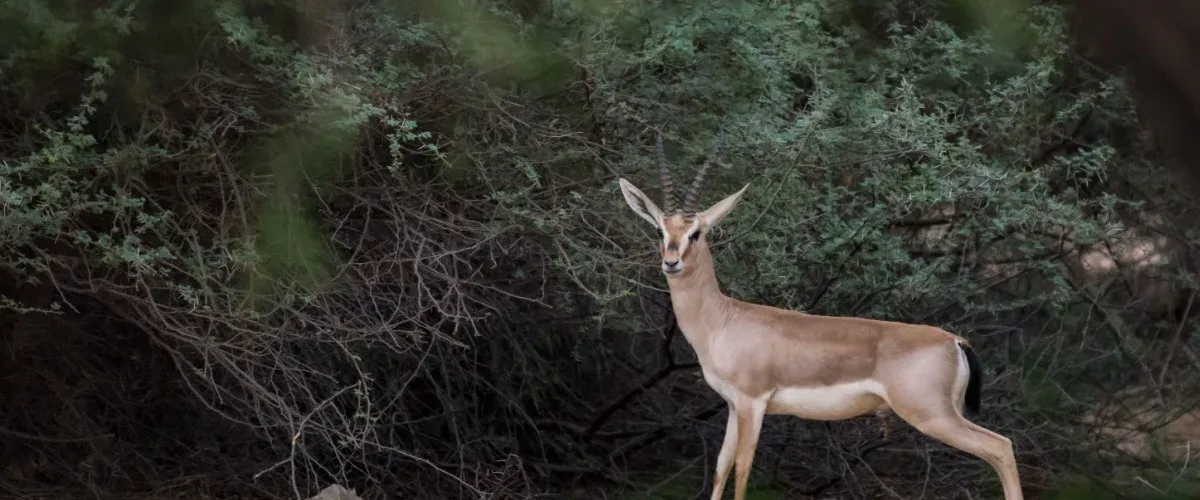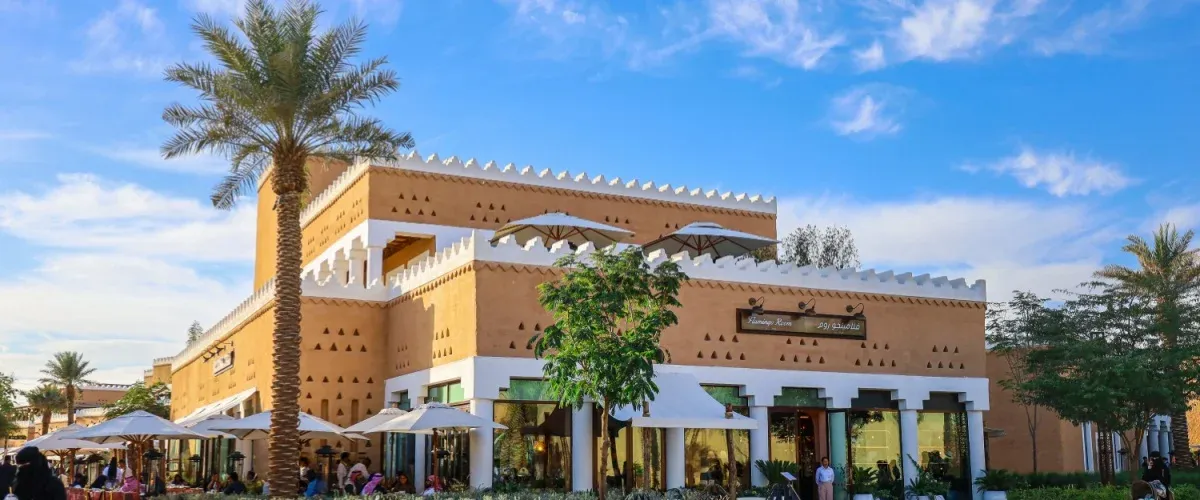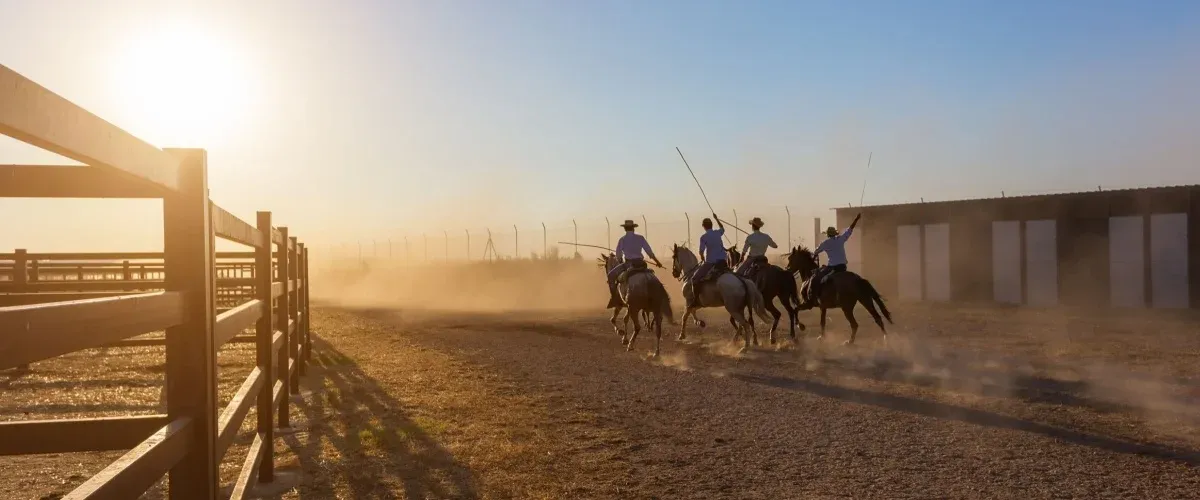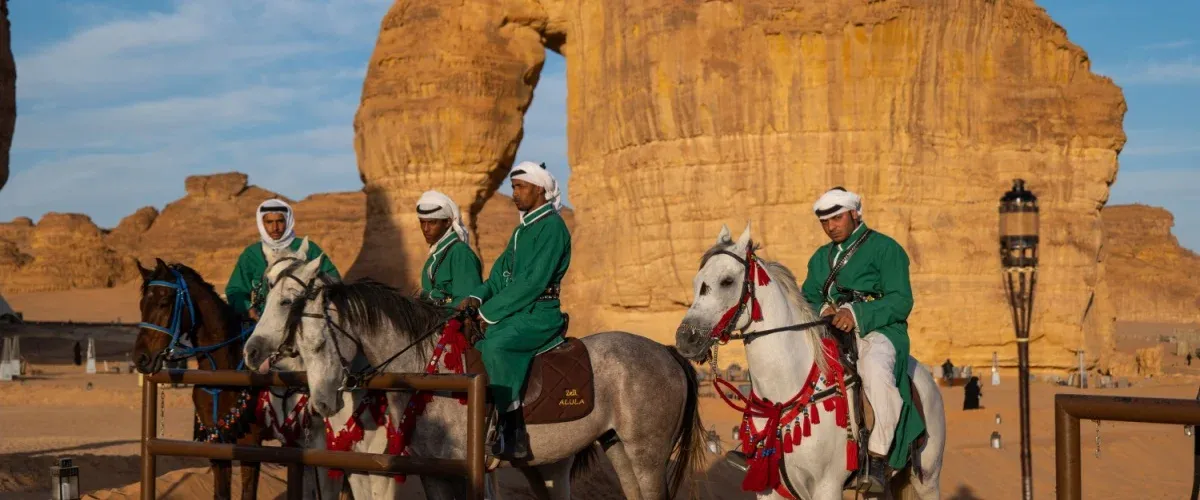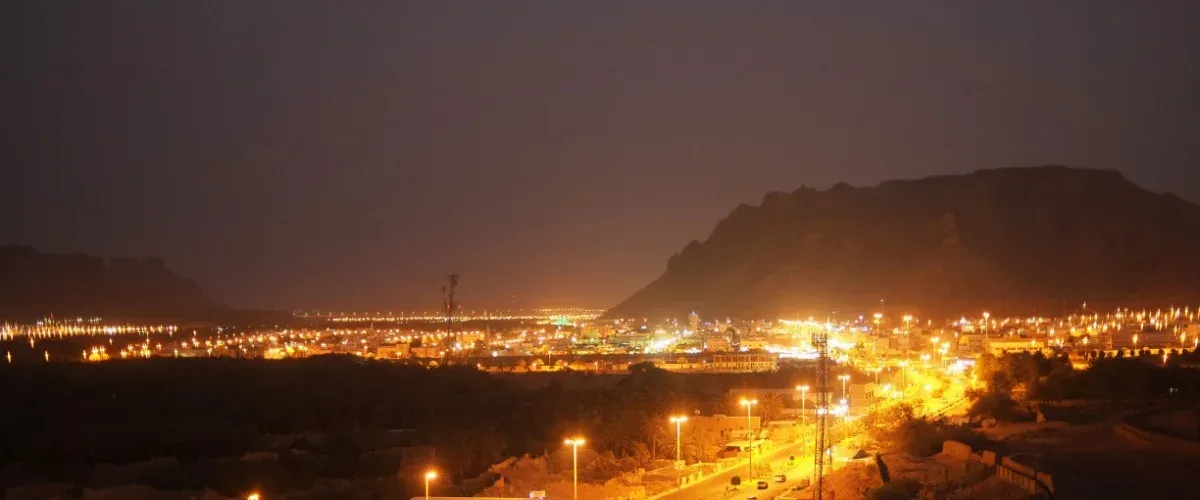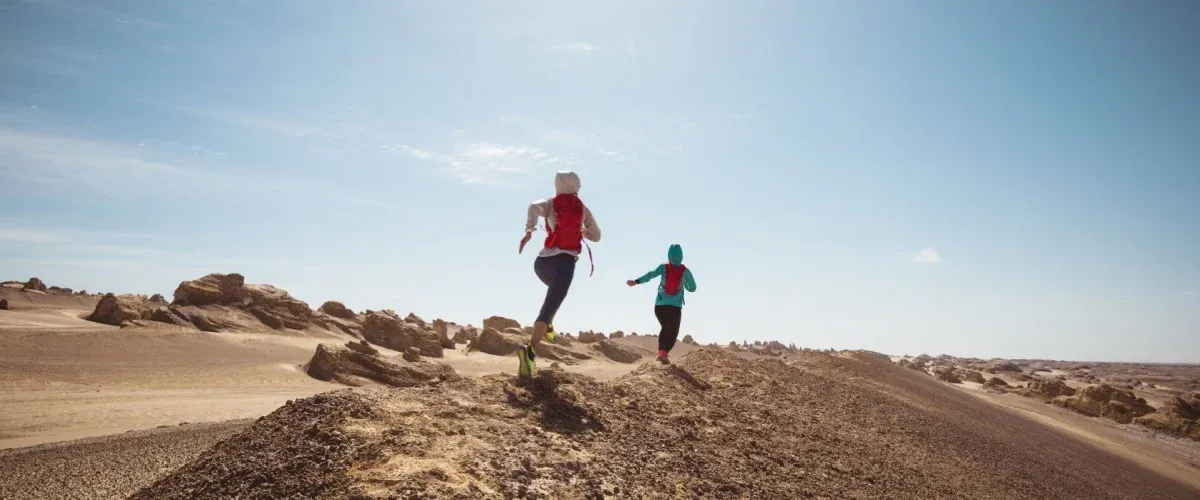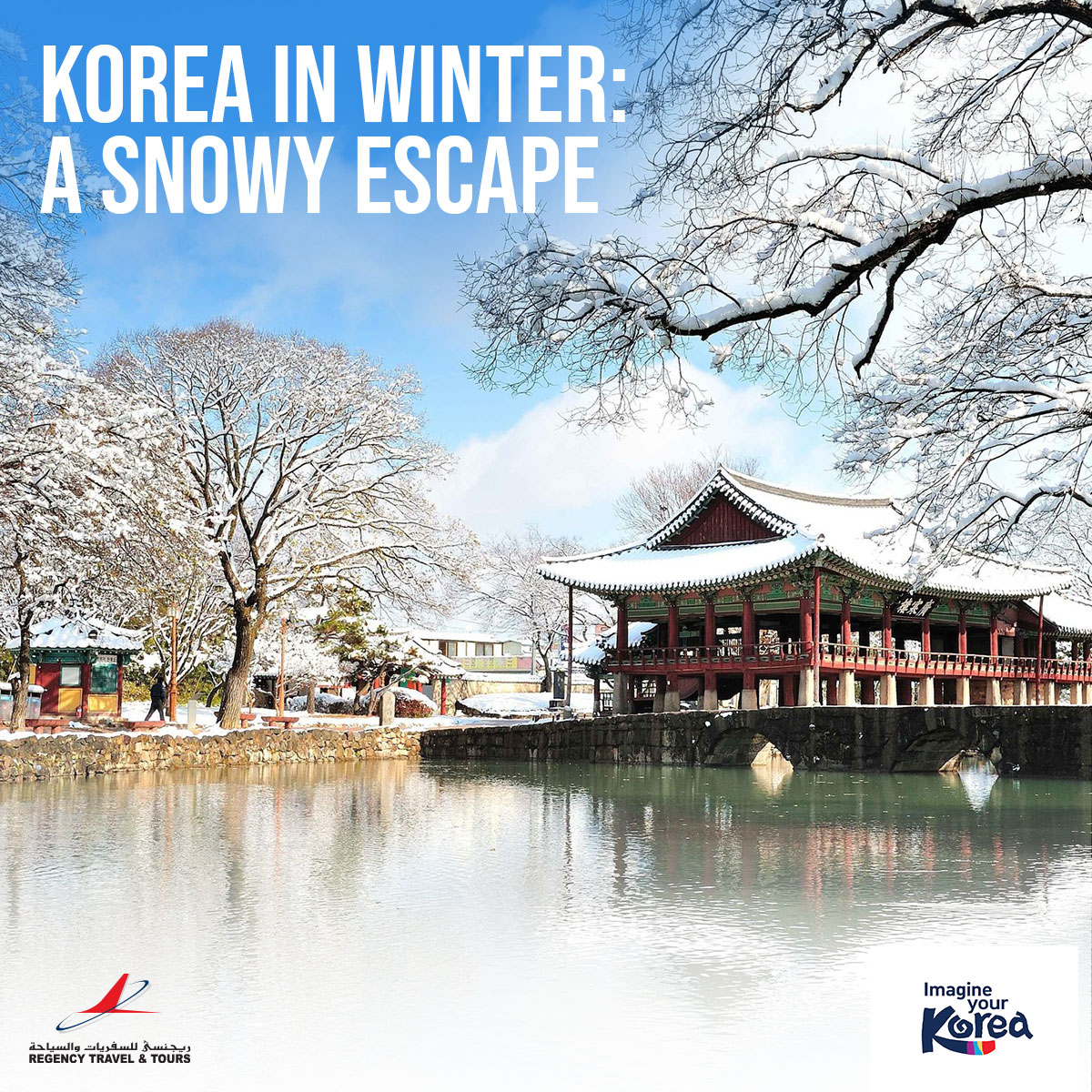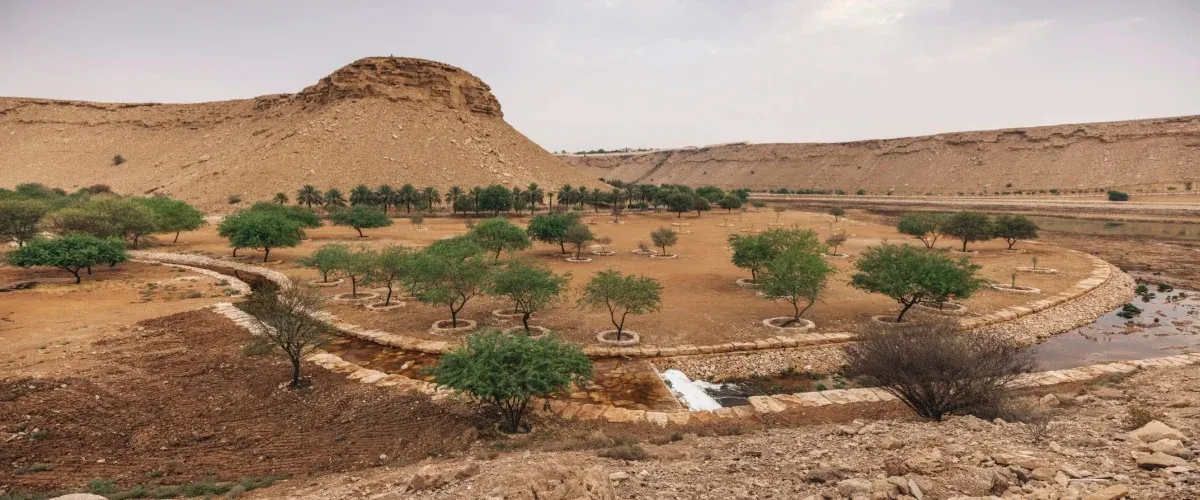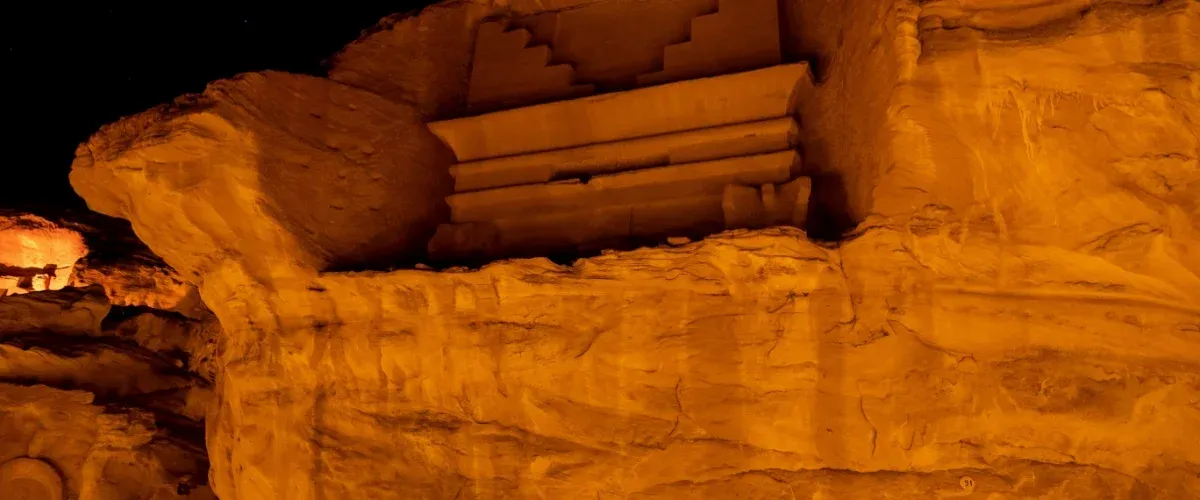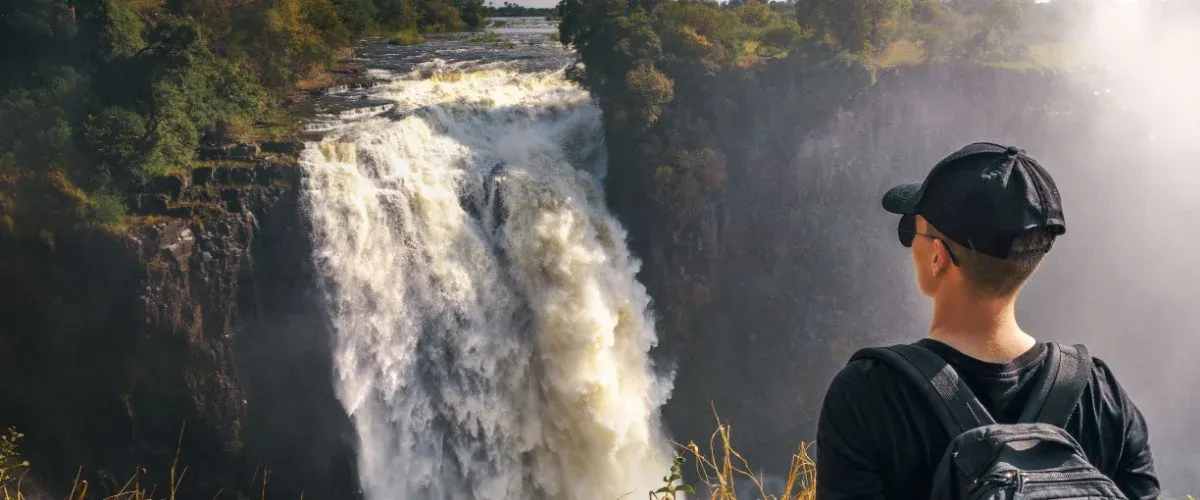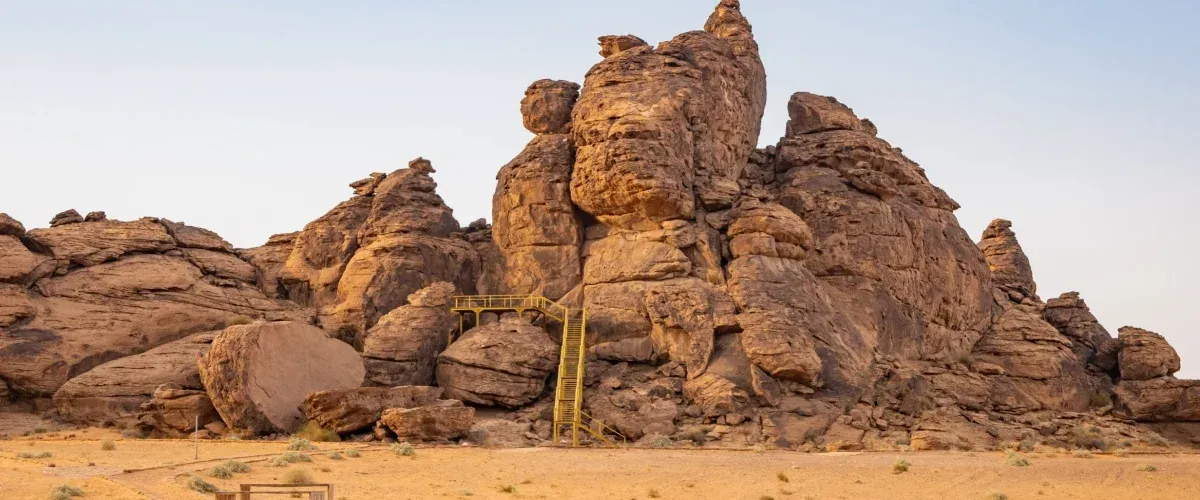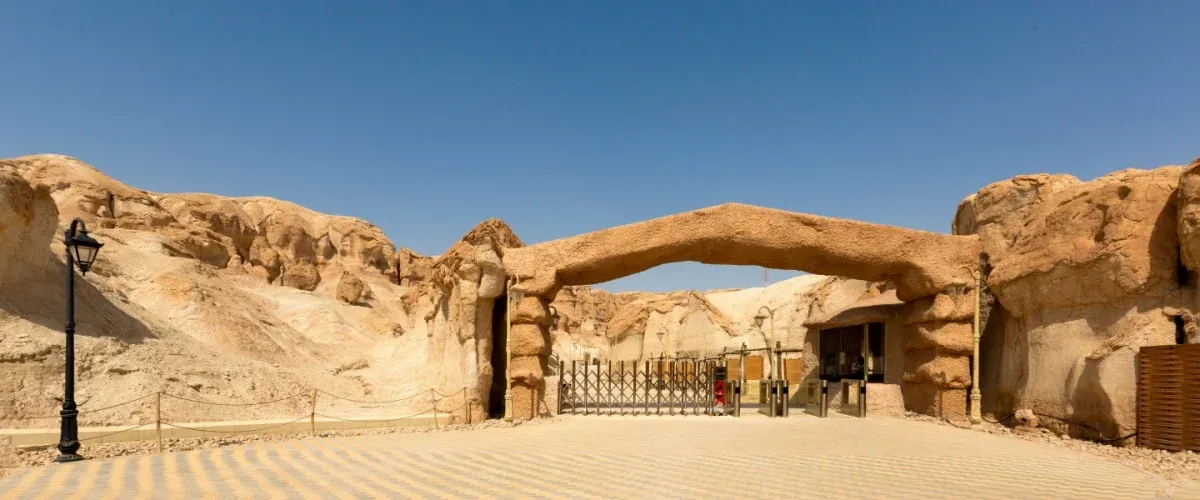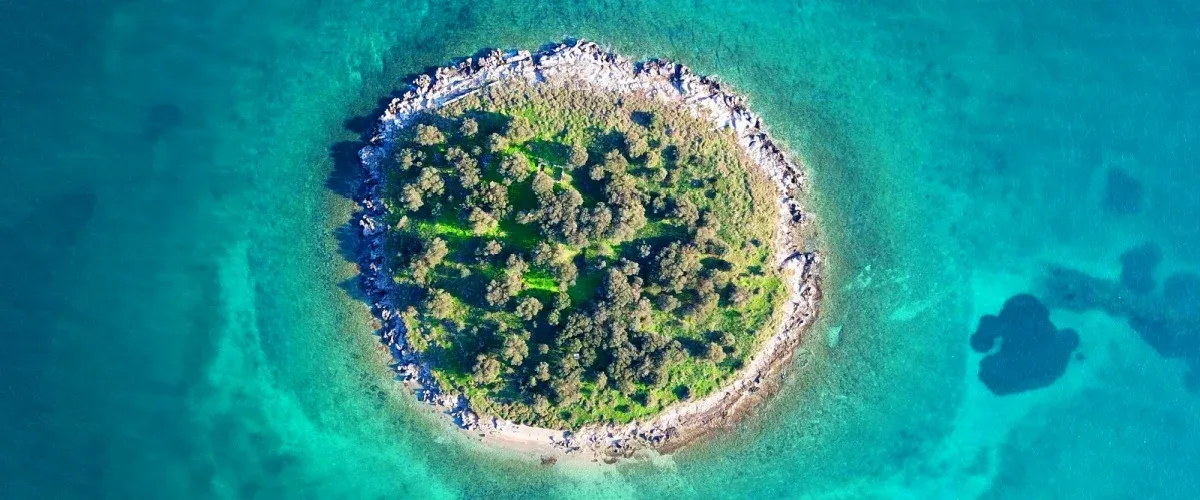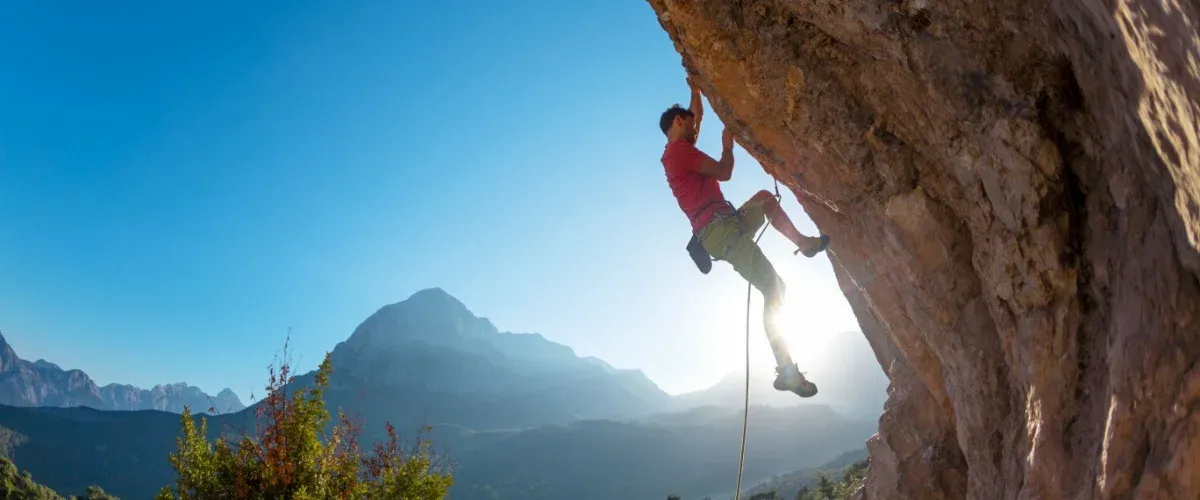When we think of Saudi Arabia, most imagine it as a land of deserts only. But beyond that, the Kingdom of Saudi Arabia boasts tall mountains and coastlines that boast a rich flora and fauna. The country is home to many special zones that provide a safe habitat for animals and plants, including the native and migratory species. Visiting a wildlife reserve in Saudi Arabia lets you see beautiful landscapes, watch animals in their natural homes, and learn about their conservation. Whether you enjoy hiking, birdwatching, or just being outside, these places offer unique experiences for everyone. In this blog, we will discover some of the top wildlife reserves in Saudi Arabia that every nature enthusiast must visit.
Wildlife Reserves in Saudi Arabia: Top Spots, Things to Do, Tips & More
Here is a list of the most popular wildlife reserves to visit in Saudi Arabia for a memorable experience:
1. Prince Mohammed bin Salman Royal Reserve
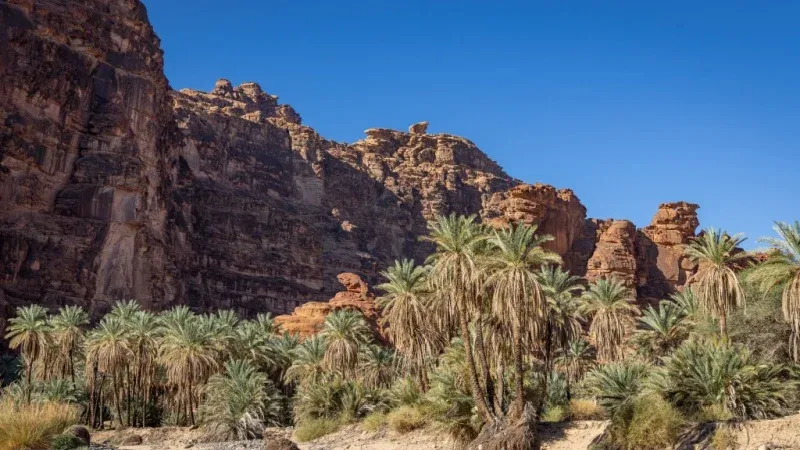
Located in Tabuk region, Prince Mohammed bin Salman Royal Reserve (PMBSRR) is one of the most iconic wildlife destinations in Saudi Arabia. Established in 2018, the reserve features sprawling deserts, limestone cliffs, and rare plant ecosystems over an area of 24,500 square kilometers. It is home to 791 terrestrial species, including 250 animal species, over 300 kinds of birds and 461 varieties of plants. The reserve is best known for preserving native species like the Arabian oryx, Lappet-faced vulture, gazelles, and even leopards. Visitors can enjoy guided wildlife safaris, bird watching tours and nature walks while enjoying the region’s dramatic red landscapes.
Visiting Hours: 6 AM to 6 PM
Best Time to Visit: Early morning or late afternoon (October to April)
Tips for Visiting Prince Mohammed bin Salman Royal Reserve:
- Join guided tours for the best chance of spotting rare animals
- Always bring a hat, sunscreen, and water as there are limited shaded areas
- Carry long lenses for wildlife shots but silence the shutter to avoid disturbing animals
- Bring snacks and water as food options are limited inside reserve
2. Farasan Islands Marine Sanctuary
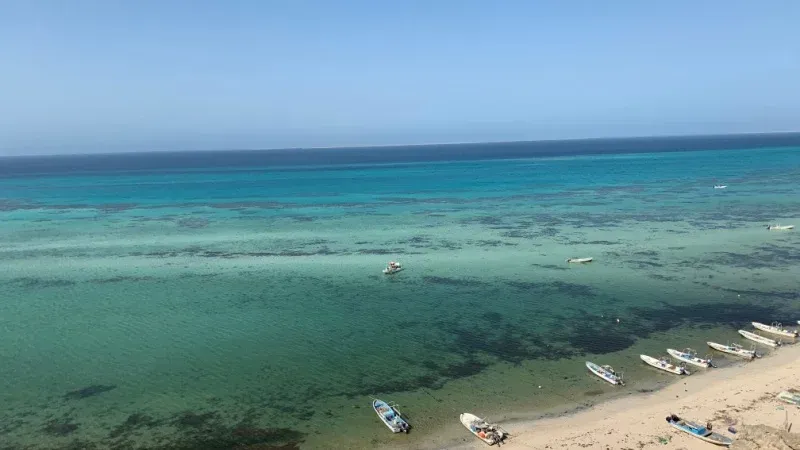
About 50 kilometers from Jazan city, Farasan Islands Marine Sanctuary is a large, protected archipelago on the southwestern coast of the Red Sea. The area is famous for its vibrant coral reefs, clear turquoise waters, and diverse aquatic life, including Bryde’s whales, dugongs, sea turtles, and dolphins. The islands also feature 200 plant species and animals like Arabian (Farasani) gazelle, Idmi gazelle and white-tailed mongoose. As a UNESCO Biosphere Reserve since 2021, the Farasan Islands also has 45 bird species such as the sooty falcon, white-eyed gull and greater flamingos, making it an essential stop for birdwatchers and nature photographers.
Visiting Hours: 9 AM to 4 PM, Daily
Best Time to Visit: November to March
Things to Do in Farasan Islands Marine Sanctuary:
- Take an eco-boat tour around the islands to see small, quiet beaches and hidden coves
- Try snorkeling and scuba diving among colorful coral reefs and diverse marine animals
- Enjoy relaxing and picnicking on white sandy beaches
- Hire a guide to learn about the trees and animals that live on Farasan Islands
Suggested Read: Best Places to Visit in Saudi Arabia to Uncover the Mystical Vibes
3. Sharaan Nature Reserve
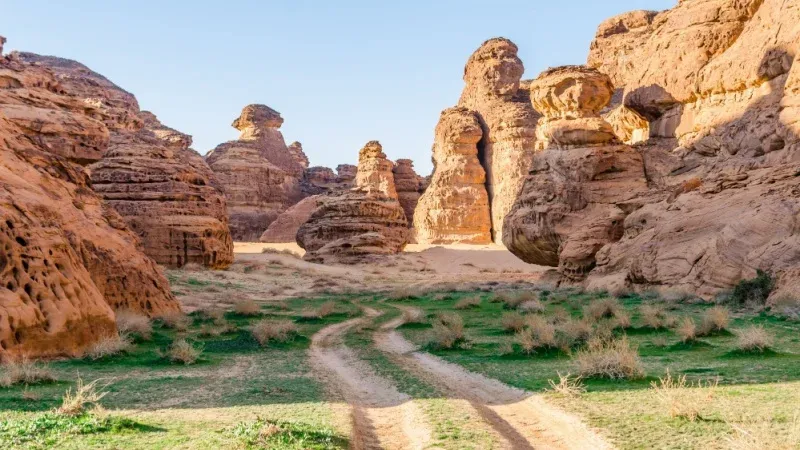
Part of the ambitious AlUla Project, Sharaan Nature Reserve is a renowned wildlife reserve in al-Madinah al-Munawwarah Province of Al-Ula, Saudi Arabia. Covering a 1500-kilometer-square area, the reserve is distinguished by its dramatic red cliffs and hidden wadis. Conservation efforts focus on reintroducing species like the Arabian ibex, while luxury eco-lodges offer immersive, low-impact stays. Hiking, rock climbing, and guided safaris let visitors connect with nature amid spectacular geological formations.
Visiting Hours: 7 AM to 6 PM
Best Time to Visit: October to April
Travel Tips for Visiting Sharaan Nature Reserve
- Book a night in one of the eco-lodges for a luxury desert experience
- Early morning guided walks help avoid heat and increase wildlife sightings
- Carry plenty of water and hats as there less facilities
- Check in advance for seasonal nature festivals and events
4. Uruq Bani Ma’arid Reserve
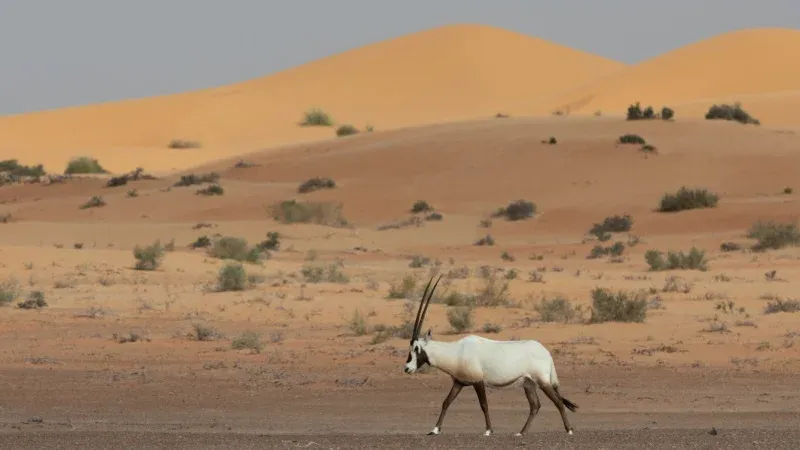
Inscribed as a Natural UNESCO World Heritage Site in 2023, Uruq Bani Ma’arid Reserve stands out for its pristine sand dunes and large-scale conservation efforts since 1993. Stretching across the edge of the Rub’ al Khali (Empty Quarter), this reserve is home to native species like Arabian oryx, sand gazelles, and even elusive predators like Arabian wolf, sand cat and striped hyena. Here, visitors can indulge in wilderness camping, go on guided desert treks and enjoy an unparalleled stargazing experience in one of the most silent and beautiful places in the world.
Visiting Hours:
- Monday to Friday – 9 AM to 6 PM
- Saturday – 9 AM to 5 PM
- Sunday – 10 AM to 5 PM
Best Time to Visit: November to April
Insider Tips for Visiting Uruq Bani Ma’arid Reserve:
- Research permitted zones for camping in advance and prepare for remote, basic conditions
- Join a sandboarding session or a guided camel trek for a true desert adventure
- Download offline maps as there is weak or no mobile signal in remote areas
- Bring binoculars to witness the wildlife from a distance
Suggested Read: Ravishing Things To do in Saudi Arabia to Explore the Kingdom Closely
5. Asir National Park
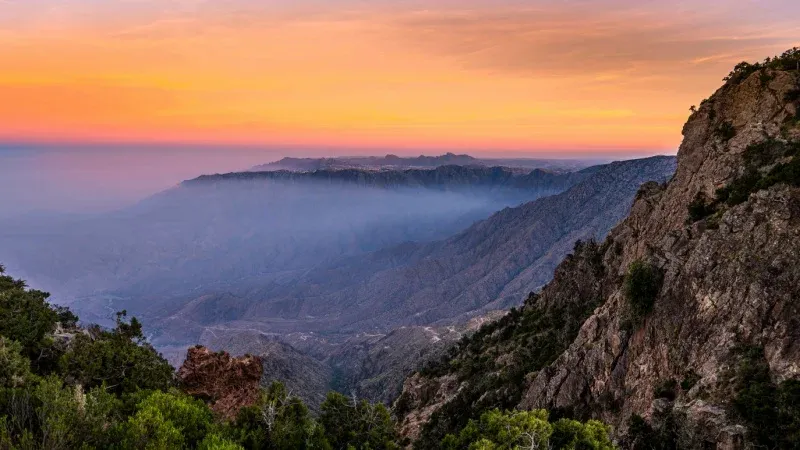
A short drive from Abha city center, Asir National Park is an expansive wildlife reserve known for its unspoiled wilderness and rich biodiversity. Established in 1981, it was the first national park in Saudi Arabia and provides shelter to 300 species of animals and birdlife. Visitors can go hiking on the trails, watch birds, and enjoy wide views from towering hills like Jabal Sawda, the highest peak in the country. Spot animals like Hamadryas baboon, Arabian leopard, Hyraxes, and Caracals and bird species Yemen thrush, griffon vultures, eagles and falcons.
Visiting Hours: 24/7
Best Time to Visit: April to July
How to Make the Most of Your Visit to Asir National Park
- Arrive early in the morning to enjoy the cool air, clear views, and quiet trails
- Take the cable car from Al Souda for awe-inspiring mountain views
- Visit during spring to see the region’s famous wildflowers in bloom
- Explore nearby mountain villages for homemade honey and local crafts
6. Saja and Umm Al-Ramth Wildlife Reserve
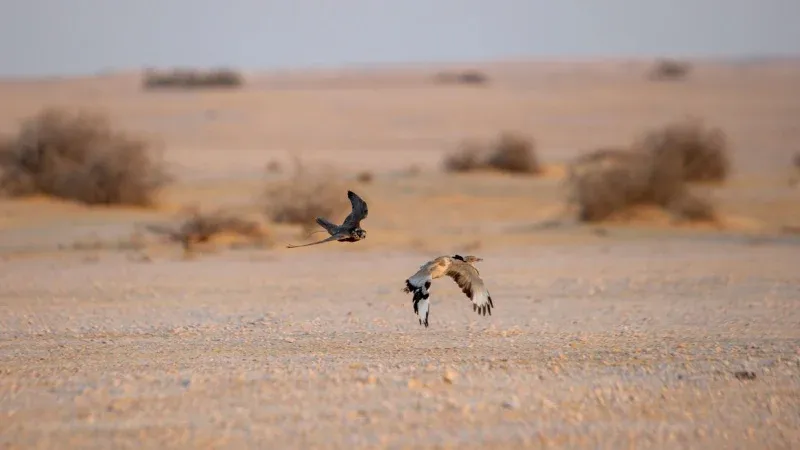
Established in 1994, Saja and Umm Al-Ramth Reserve is one of the best destinations to witness unique wildlife and diverse landscape of Saudi Arabia. The reserve is best known for its successful efforts reintroducing the Arabian oryx and sand gazelle. Within an area of 6,528.2 square kilometers, it features low hills, gravel plains, and valleys filled with desert grass, Acacia trees, Arabian gum trees and other plants. The reserve also boasts a huge population of Houbara bustard birds, reptiles and mammals. Visitors can enjoy nature walks, watch birds, and indulge in photography sessions.
Visiting Hours: 8 AM to 2 PM
Best Time to Visit: November to February
Insider’s Tips for Visiting Saja and Umm Al-Ramth Wildlife Reserve:
- Arrange permits and guided tours in advance as unescorted entry is not permitted
- Early morning and late afternoon visits offer pleasant wildlife exploration experience
- Bring a journal to document wildlife findings with the help of expert rangers
- Stay overnight in nearby Bedouin camps for an authentic desert experience
Suggested Read: Hidden Gems of Saudi Arabia: Discover the Kingdom’s Best-Kept Secrets
7. Imam Turki bin Abdullah Royal Nature Reserve
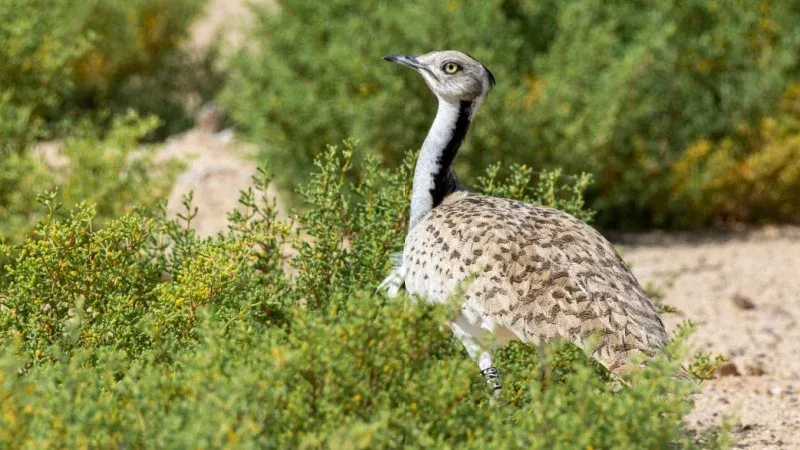
Just a 10-minute drive from Riyadh city center, Imam Turki bin Abdullah Royal Nature Reserve is second-largest protected area in Saudi Arabia. Originally al-Taysiyah Natural Reserve, the reserve was formed in 2018 for preserving biodiversity and restoring ecological balance. Within its 91,500 square kilometers, the expansive reserve features rolling grasslands, shrublands, and savannahs that provide a home to 180 plant species and over 160 animals. Visitors can see endangered species like Arabian oryx, sand gazelles, Arabian ostriches, Egyptian vultures and steppe eagles.
Visiting Hours: By Permit Only
- Sunday to Wednesday – 9 AM to 5 PM
- Friday & Saturday – Closed
Best Time to Visit: October to March
Tips for Visiting Imam Turki bin Abdullah Royal Nature Reserve:
- Follow guidelines related to wildlife interaction and waste disposal
- Bring water, snacks, and sun protection, as there are no shops or food outlets inside the reserve
- Use a 4WD vehicle to get through sandy and rough tracks with ease
- Wear light, comfortable clothing, sturdy walking shoes, a hat, and sunglasses
8. Raydah Escarpment Reserve
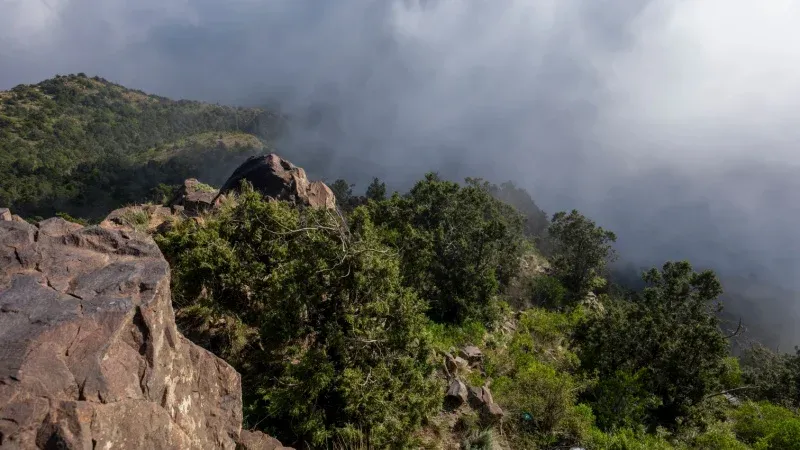
Officially named Raydah Natural Reserve, Raydah Escarpment Reserve is a haven of biodiversity. Located to the southwest of Abha, the reserve boasts dense juniper forests, misty valleys, and sheer cliffs creating microclimates that support rare plants and animals. Here, you can see the endangered native species like Arabian leopard, Nubian ibex, and Arabian wolf. It also has a vast birdlife, which includes Arabian Sunbird, African Paradise Flycatchers and Yemen thrush. The views alone are worth the visit, with several hiking trails offering unforgettable vistas.
Visiting Hours: 7 AM to 6 PM
Best Time to Visit: October to April
How to Make the Most of Your Visit to Raydah Escarpment Reserve:
- Travel after light spring rains to witness a spectacular display of wildflowers
- Keep binoculars handy for excellent bird observation from distance
- Follow posted signs about off-road driving to minimize ecological disturbance
- Visit the reserve’s eco-visitor center to learn about conservation efforts
Suggested Read: Top Water Parks in Saudi Arabia for a Fun-Filled Family Adventure
9. Jabal Shada al-A'la Nature Reserve
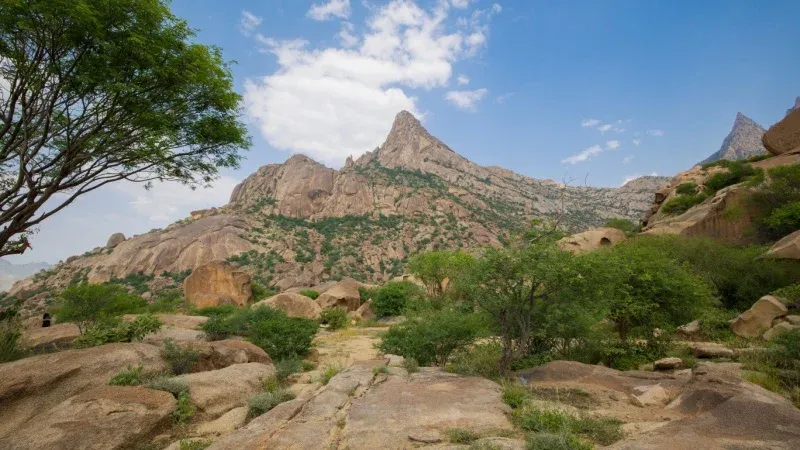
About 20 km northwest of al-Makhwah Governorate, Jabal Shada al-A'la Nature Reserve is a small and less-visited protected area in Saudi Arabia. Established in 2001, the reserve is managed by the Saudi Wildlife Authority and boasts a vast variety of flora and fauna within its area of just 69 kilometers. It features a diverse landscape comprising high granite mountains, caves, and unusual rock formations. The reserve is home to rare plants, different types of birds and wild animals like ibex and wolves.
Visiting Hours: Sunrise to Sunset
Best Time to Visit: October to April
Things to Do in Jabal Shada al-A'la Nature Reserve:
- Go hiking on rocky paths for adventure
- Indulge in birdwatching and wildlife spotting
- Explore ancient caves and learn about their history
- Take photos of beautiful mountainous landscape
10. King Salman bin Abdulaziz Royal Natural Reserve
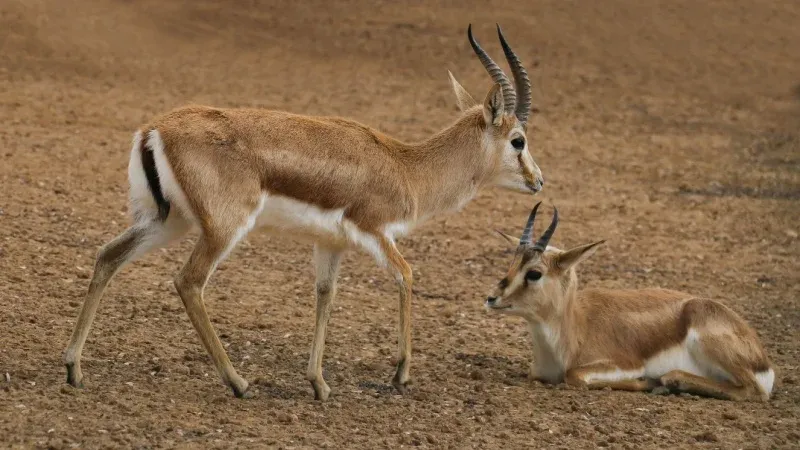
Nestled in northern Saudi Arabia, King Salman bin Abdulaziz Royal Natural Reserve is the largest royal reserve in the country. The reserve spans over 130,700 square kilometers and includes deserts, mountains, valleys, and plains. This area has over 870 species of Saudi wildlife, which includes 550 plant species, 350 animals and 290 bird species. Popular species to see here are Goitered Gazelle, Arabian wolf, Arabian oryx, Red and Sand foxes, Lappet-faced Vulture, Golden Eagle, and Bustard.
Visiting Hours: 24/7
Best Time to Visit: November to March
Insider Tips for Visiting King Salman bin Abdulaziz Royal Natural Reserve:
- Come prepared with water, food, and other supplies as there are shops inside
- Arrive early in the morning or late in the afternoon for better wildlife spotting
- Use a 4wD vehicle for safe and easy exploration of sandy and rocky areas
- Do not disturb animals or plants and make sure to leave no trash behind
Suggested Read: Stunning Places to Visit in Saudi Arabia During Summer
Tips for Exploring Wildlife Reserves in Saudi Arabia
- Always follow park guidelines to protect wildlife and habitats
- Join a guided tour for expert information, safe travel, and better outdoor experiences
- Carry plenty of water, snacks, sunscreen, and a hat
- Bring a camera and binoculars for wildlife viewing and photography
- Wear light, breathable clothes and sturdy shoes for exploring the desert or rocky areas
- Visit early in the morning or late afternoon for better exploration
- Avoid feeding the animals as it disturbs the natural diet and behavior of wildlife
- Take all your litter with you to sustain the cleanliness and beauty of the reserves
Wildlife reserves in Saudi Arabia are not just protected areas, but a gateway into the wilderness of the Kingdom, a side that many don’t know about! Whether you’re a nature lover, a photographer, or just looking for a new experience, these protected areas have something for everyone. To make your journey easy and worry-free, consider booking one of our thoughtfully crafted Saudi Arabia tour packages. Ready for a seamless journey into the heart of the Kingdom’s natural wonders?
FAQ’s - Wildlife Reserves in Saudi Arabia
Yes, most wildlife reserves in Saudi Arabia offer family-friendly facilities such as picnic areas, easy trails, and educational tours, making them perfect for all ages. Some popular reserves to visit in the country with families are Asir National Park and Sharaan Nature Reserve.
Some reserves in Saudi Arabia offer free entry while others may charge a nominal entrance fee. Premium experiences or private tours to these destinations may cost more, especially in exclusive reserves that require special permits.
Yes, wildlife reserves and national parks in Saudi Arabia are well-managed with marked trails, guides, and frequent ranger patrols for safety of the visitors. However, it is best to follow local advice, respect wildlife, and never wander far from designated paths, especially in remote areas.
Yes, camping is allowed in selected reserves of Saudi Arabia, such as like Uruq Bani Ma’arid and Al Ula, usually in specified zones. Always check regulations, book in advance, and prepare for basic, self-sufficient conditions in these locations.
The wildlife reserves across Saudi Arabia offer diverse food options to cater to the taste of different visitors. Larger parks have basic cafes or local snack vendors, but while visiting those in remote reserves, you will need to bring your own meals and water.
Yes, modest dressing is advised for both men and women while visiting Saudi wildlife reserves. Wear clothes that cover shoulders and knees and avoid tight, revealing clothes. Lightweight, long-sleeved clothing also helps protect you from the sun.
Yes, in major reserves and tourist hotspots, staff and guides usually speak good English. However, it is recommended to learn a few Arabic phrases while visiting reserves in remote areas for interaction with locals and enhanced experience.
Yes, photography is generally allowed at various wildlife destinations in Saudi Arabia, but using flash is often prohibited to avoid disturbing the animals. Drones require special permits, and some areas (especially ancient sites) have restrictions, so check ahead.

